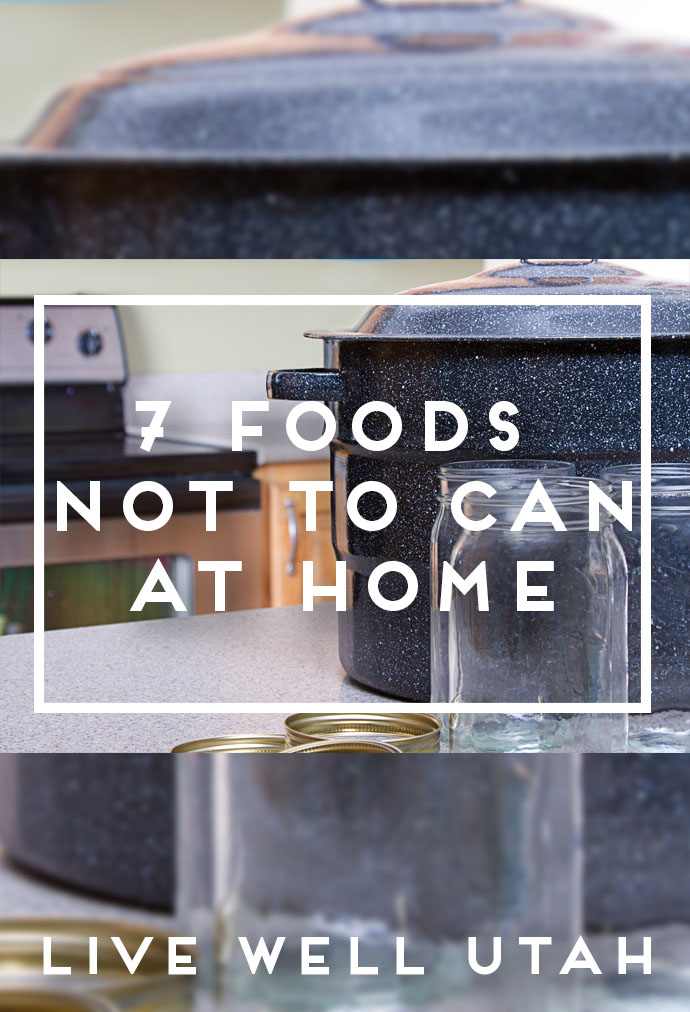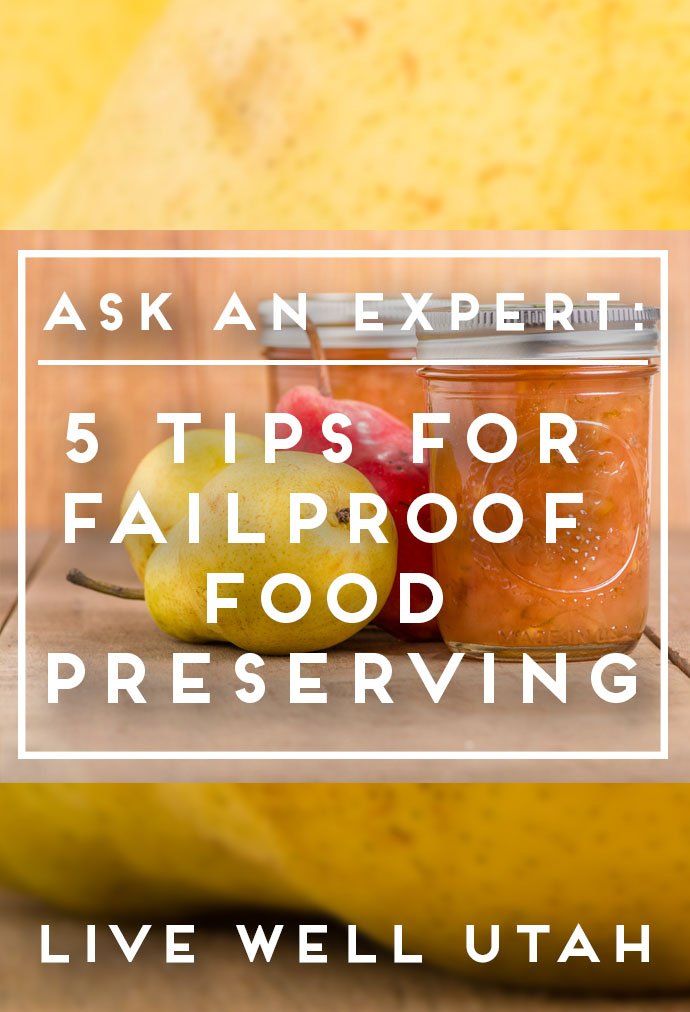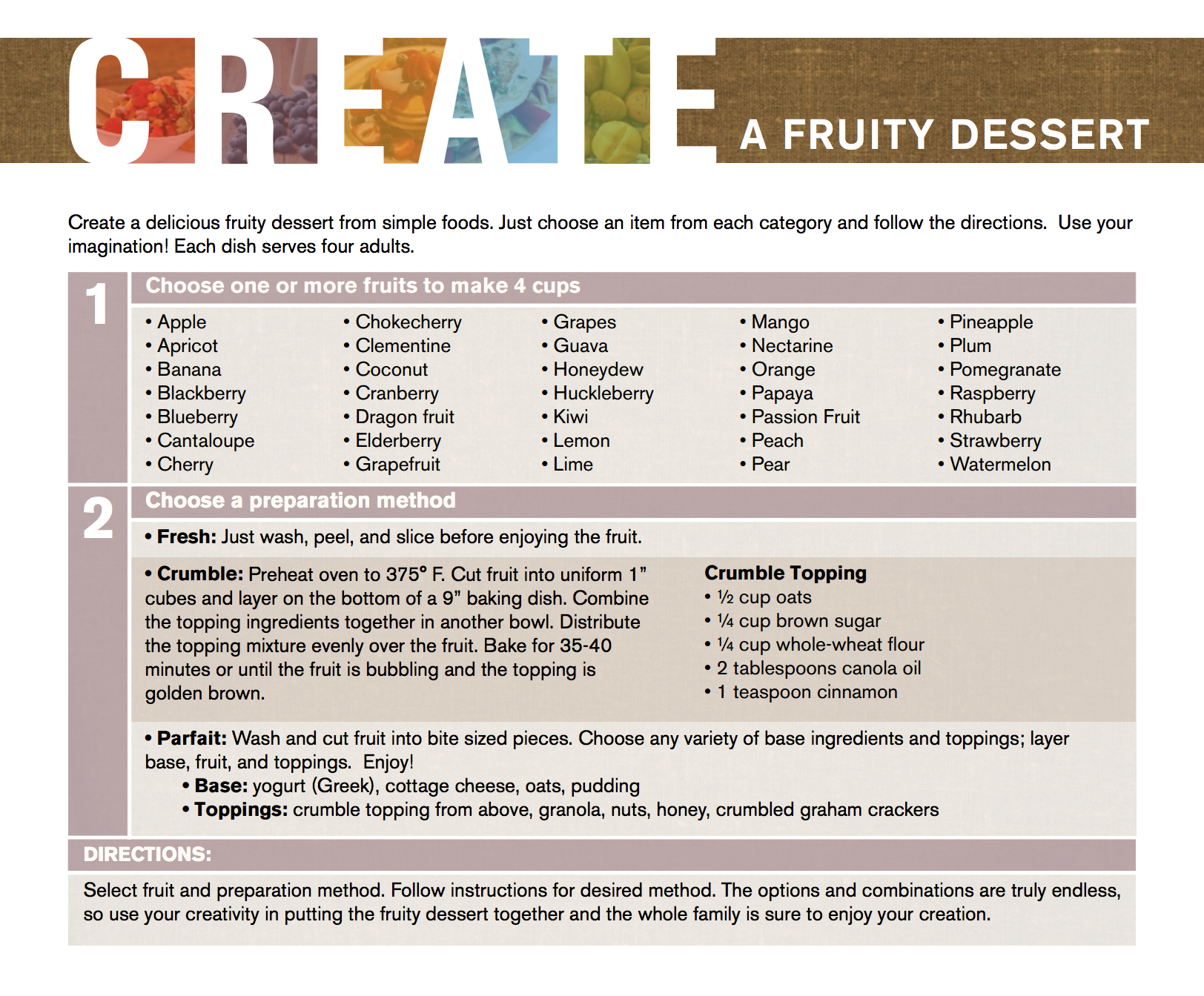Ask an Expert // 7 Foods You Shouldn’t Can at Home
 Canning is a great way to preserve the bounty of summer, but beware! Not all foods are safe to can at home.
Canning is a great way to preserve the bounty of summer, but beware! Not all foods are safe to can at home.
Did you know that the USDA has tested and approved many recipes to preserve foods at home? There are many foods you can bottle safely at home, as long as you follow USDA-endorsed recipes and procedures. Some unique foods include grapefruit and orange sections; cantaloupe pickles; pie fillings such as apple, mincemeat and green tomato; chicken, venison and fish; hot sauce and ketchup; a variety of soups and many more. See the USDA Complete Guide to Home Canning for recipes and procedures.
Have fun trying out a new safe, USDA-endorsed safe recipe in your kitchen this season. But remember, the possibilities are not quite endless.
Be aware that there are many foods that cannot be bottle safely at home. Why is that? One reason is that home kitchens are limited. A boiling water canner or a steam pressure canner can only get so hot. Heat is one element that is needed to kill micro-organisms that could spoil your food. A higher temperature needed for low-acid foods (like vegetables, beans and meat) is only achieved at home through a steam pressure canner.
Some foods or recipes have not been tested, or have been tested and have not been found to be safe. In some instances, the lack of approved canning recipe is due to poor quality. Here is a list of some common foods that are not safe to can and not safe to consume.
What Not to Can at Home
Butter
That’s right, butter. In some emergency preparedness sections of stores, you might see canned butter in a tuna-fish size can. But don’t get too excited to go home and melt butter into a jar just to stick it on your food storage shelves. For now, canning butter using any method is not recommended. Some methods are dangerous, at best; others are not backed up by science. Why can butter when it freezes so easily?
Hydrated Wheat Kernels (aka wheat berries)
Wheat is a low-acid food that is susceptible to botulism if trapped in a low-acid, low-oxygen, room-temperature environment. In addition, the starch in wheat may interfere with the heat penetration during canning. Insufficient processing can result in botulism food poisoning. Instead of canning, store wheat dry until used, or if hydrated, refrigerate up to several days. You may also hydrate a batch and freeze in usable portions.
Quick Breads (e.g. banana, zucchini, pumpkin)
This idea likely started when people started baking quick breads in canning jars to create a nice round loaf. However, placing a lid and ring on the jar to create a vacuum seal as it cools does not kill botulism-forming organisms that grow in warm, moist, anaerobic conditions. These items should be either baked fresh and served or frozen. Read more here.
Dried Beans (pinto, kidney, etc.)
To safely can dried beans, they must be hydrated first (usually 12 to 18 hours) and then brought to a boil for 30 min. Hot beans are then placed into hot jars for processing. It is not safe to put dry beans covered with water into a steam pressure canner for processing.
Fresh Homemade Salsa
There are many delicious salsa recipes to enjoy with your fresh garden produce, but these are not formulated for canning. Remember that canning recipes are scientifically studied to account for enough acid and/or processing time to keep the food safe. Fresh salsas are not formulated for canning. According to the National Center for Home Food Preservation’s Salsa bulletin, “Improperly canned salsas or other tomato-pepper combinations have been implicated in more than one outbreak of botulism poisoning.” Keep you and those consuming your salsas safe. Keep fresh salsas fresh, or freeze. Don’t experiment with canning your favorite fresh salsa. Find tips on canning salsas safely here.
Garlic, Vegetable or Herb-Flavored Oils
While these make beautiful gifts, infused oils have the potential to support the growth of C. botulinum bacteria, which grows into botulism food poisoning. These are best made fresh for use and not left at room temperature.
Pickled Eggs
There are NO home canning directions for pickled eggs. There are some recipes for storage in the refrigerator, but in order to avoid botulism, do not leave at room temperature, except for serving time, and do not attempt to bottle for food storage.
This article was written by Melanie Jewkes, Utah State University Extension associate professor, Salt Lake County
Source: https://extension.usu.edu/files/publications/publication/FN_Food_Preservation_2009-01.pdf












